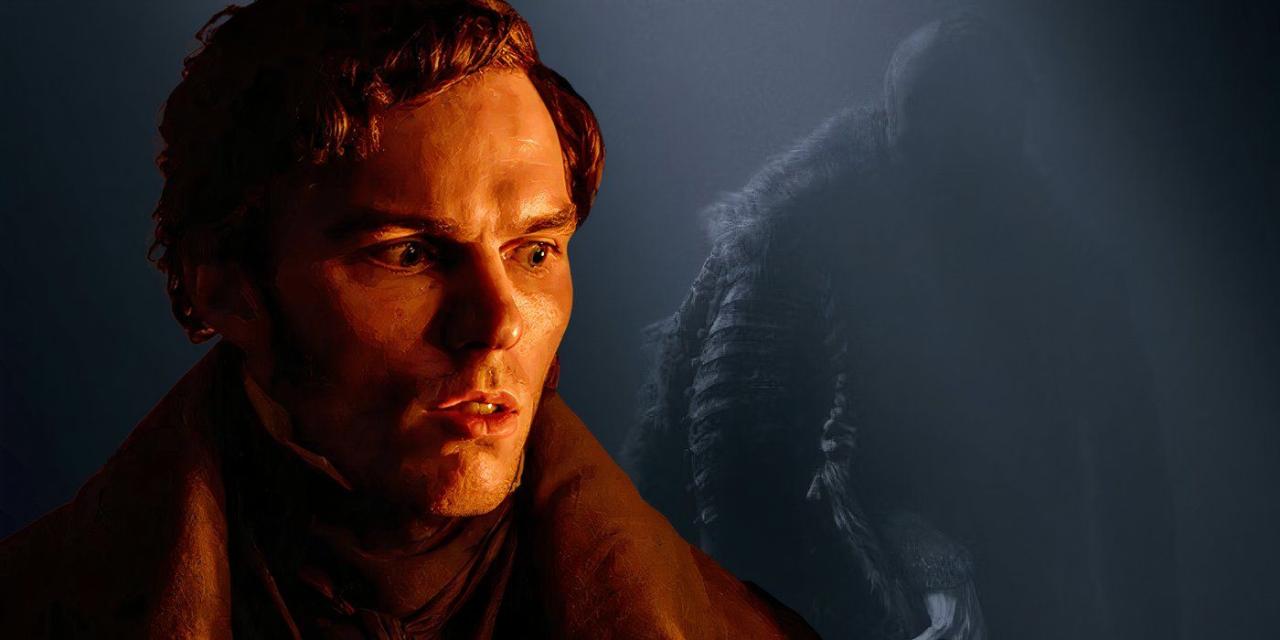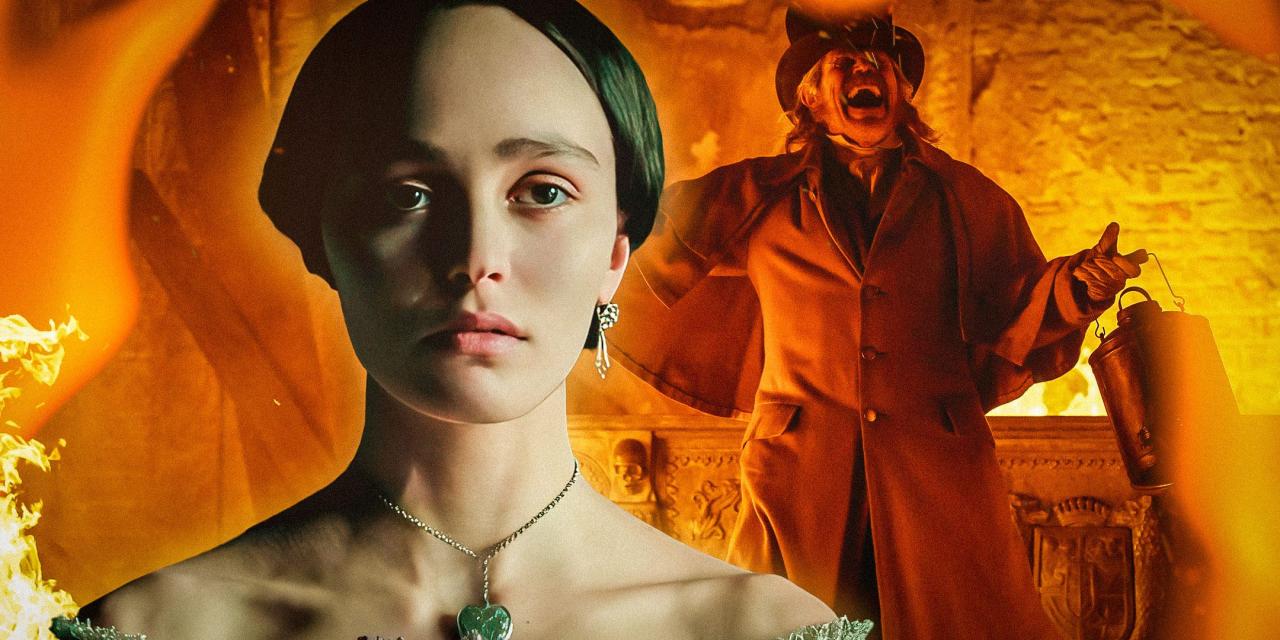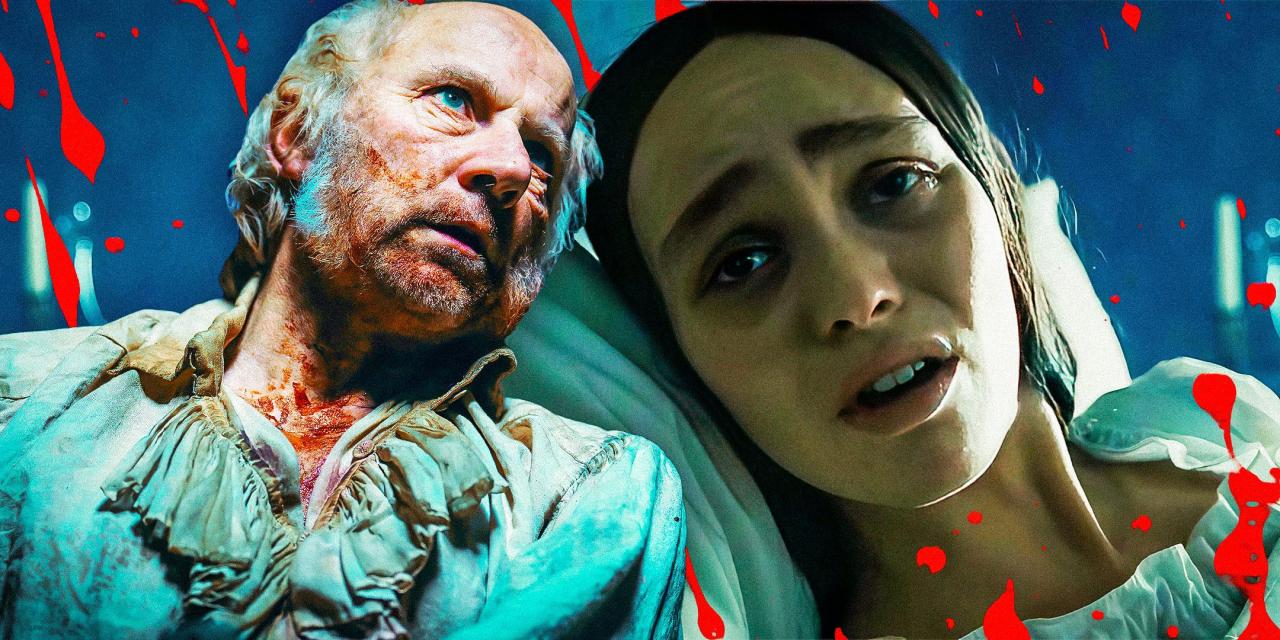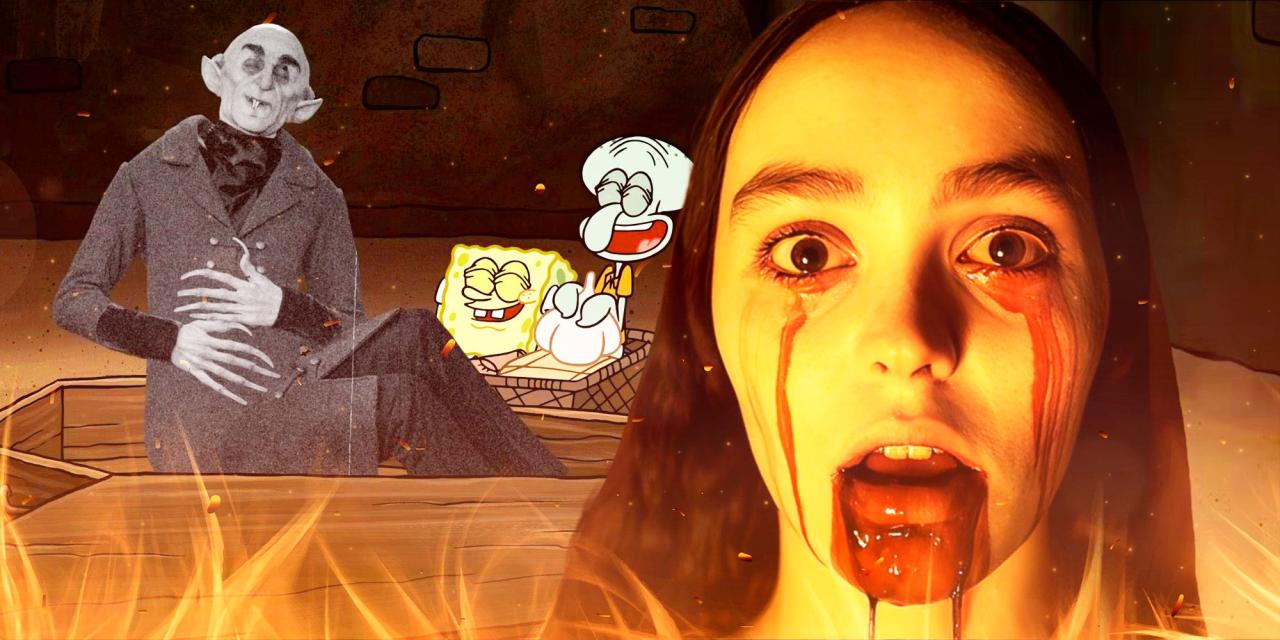The Nosferatu mustache, with its distinctive shape and sinister aura, has become an iconic symbol of horror and the supernatural. From its origins in the silent film era to its enduring presence in popular culture, this mustache has captivated audiences with its ability to evoke both fear and fascination.
Throughout history, the Nosferatu mustache has undergone various interpretations and adaptations, each reflecting the cultural and artistic sensibilities of its time. From its initial portrayal as a symbol of evil and darkness to its more recent incarnations as a symbol of rebellion and individuality, this mustache has proven to be a versatile and enduring symbol.
Defining the Nosferatu Mustache
The Nosferatu mustache, an iconic cinematic feature, has become synonymous with horror and the character of Count Orlok. It is a thick, pointed mustache that extends beyond the corners of the mouth, creating a menacing and unforgettable appearance.
The mustache plays a crucial role in shaping the character’s appearance, accentuating his sharp facial features and piercing gaze. Its pointed ends evoke a sense of danger and menace, adding to the overall aura of terror surrounding Count Orlok.
Origins and Impact, Nosferatu mustache
The Nosferatu mustache was inspired by traditional Romanian folklore, where vampires were often depicted with exaggerated mustaches. Director F.W. Murnau, in his 1922 film Nosferatu, adopted this element and amplified its impact, creating an enduring cinematic image.
The mustache has since become an iconic symbol of horror, instantly recognizable and evoking a sense of unease and dread. It has been referenced and imitated in countless films and television shows, solidifying its status as a timeless cinematic element.
Cultural Impact and Influence
The Nosferatu mustache has left an indelible mark on popular culture, becoming synonymous with the vampire archetype and influencing countless works of art, literature, and film.
Its distinctive appearance has been adopted by subcultures such as goths and vampires, who use it as a symbol of their affiliation with the macabre and the supernatural.
In Horror Films and Television
The Nosferatu mustache has been a staple of horror films since its inception. From classic films like Nosferatu(1922) and Dracula(1931) to modern horror movies like The Conjuring(2013) and It(2017), the mustache has become an iconic symbol of cinematic horror.
Its use in television shows has also been significant, with characters like Count Dracula in Buffy the Vampire Slayerand Spike in Buffy the Vampire Slayersporting the distinctive facial hair.
Variations and Interpretations: Nosferatu Mustache
The Nosferatu mustache has undergone various interpretations throughout history, reflecting the evolving nature of the character and its cultural impact. Its shape, size, and thickness have varied significantly, shaping the persona and perception of the vampire.
Early depictions of Nosferatu in the 1922 silent film “Nosferatu, eine Symphonie des Grauens” featured a thin, pointed mustache that accentuated the character’s sharp features and sinister expression. This iconic look became synonymous with the Nosferatu persona, setting the standard for future interpretations.
Shape and Size
The shape and size of the Nosferatu mustache have varied widely. Some interpretations have featured a thin, pencil-like mustache, while others have opted for a thicker, more pronounced style. The size has also ranged from small and delicate to large and flamboyant, each variation contributing to the character’s overall appearance and demeanor.
Thickness
The thickness of the Nosferatu mustache has also played a significant role in shaping the character’s persona. Thinner mustaches have often been associated with a more refined and sophisticated vampire, while thicker mustaches have conveyed a sense of brutality and ferocity.
The thickness of the mustache can therefore influence the audience’s perception of the character’s personality and motivations.
Significance of Variations
The variations in the Nosferatu mustache have served to enhance the character’s mystique and adaptability. By altering its shape, size, and thickness, filmmakers and artists have been able to create distinct interpretations of the vampire, each with its unique characteristics and appeal.
These variations have contributed to the enduring legacy of the Nosferatu mustache, making it an instantly recognizable and iconic symbol of the horror genre.
Artistic Significance
The Nosferatu mustache, with its distinctive shape and sinister appeal, was a crucial element in creating the character’s iconic appearance. Makeup artists and special effects experts employed a range of techniques to achieve this unforgettable look.
The mustache was meticulously drawn onto the actor’s face using dark makeup, creating a sharp and angular shape that extended beyond the natural lip line. To enhance the illusion of a sharp-toothed grin, prosthetics were used to extend the corners of the mouth, giving the impression of elongated fangs.
Makeup and Prosthetics
- Dark makeup was used to create the sharp, angular shape of the mustache, extending beyond the natural lip line.
- Prosthetics were employed to extend the corners of the mouth, giving the illusion of elongated fangs.
- The use of prosthetics and makeup worked together to create a sinister and unsettling appearance.
Overall Aesthetic Impact
The artistic techniques used to create the Nosferatu mustache played a significant role in establishing the character’s overall aesthetic. The sharp, angular shape and extended corners of the mouth conveyed a sense of menace and otherworldliness, perfectly capturing the essence of a supernatural predator.
Symbolism and Meaning
The Nosferatu mustache is a powerful symbol that evokes a range of meanings. Its association with darkness, evil, and the supernatural makes it a potent symbol of horror and fear.
The mustache’s sharp, pointed shape suggests a predatory nature, while its black color evokes a sense of mystery and danger. It is often associated with vampires and other creatures of the night, who are feared for their bloodlust and supernatural powers.
Connections to Darkness and Evil
The Nosferatu mustache is closely associated with darkness and evil. Its black color and pointed shape create a menacing appearance that suggests a sinister and malevolent nature. This association is reinforced by the character’s connection to vampires, who are often portrayed as creatures of darkness and evil.
Connections to the Supernatural
The Nosferatu mustache also has strong connections to the supernatural. Its association with vampires, who are often depicted as having supernatural powers, suggests that the mustache itself is a symbol of the supernatural. This connection is further reinforced by the mustache’s pointed shape, which resembles the fangs of a vampire.
Modern Adaptations
The Nosferatu mustache has undergone various contemporary adaptations in film, television, and other media. These adaptations have modernized the character while preserving its iconic features, effectively capturing the essence of the original design.
One notable adaptation is the portrayal of Count Orlok in Robert Eggers’ 2022 film The Northman. In this film, Orlok’s mustache is depicted as a thin, wispy line that accentuates his sharp features and piercing gaze. This adaptation maintains the character’s sinister and otherworldly appearance while updating it for a modern audience.
Film and Television Adaptations
- The Northman(2022): Count Orlok’s mustache is a thin, wispy line that emphasizes his sharp features and piercing gaze.
- What We Do in the Shadows(2014-present): The vampire characters in this mockumentary series often sport exaggerated Nosferatu mustaches, adding a comedic element to the classic design.
Concluding Remarks
In conclusion, the Nosferatu mustache has left an indelible mark on popular culture, becoming synonymous with horror and the supernatural. Its enduring appeal lies in its ability to evoke both fear and fascination, making it a timeless symbol of the darkness that lurks within us all.
Key Questions Answered
What is the origin of the Nosferatu mustache?
The Nosferatu mustache first appeared in the 1922 silent film Nosferatu, where it was used to create the iconic look of the vampire Count Orlok.
How has the Nosferatu mustache influenced popular culture?
The Nosferatu mustache has been adopted by subcultures such as goths and vampires, and has been used in numerous horror films, television shows, and other media.
What are the different interpretations of the Nosferatu mustache?
The Nosferatu mustache has been interpreted as a symbol of evil, darkness, and the supernatural, as well as a symbol of rebellion and individuality.



